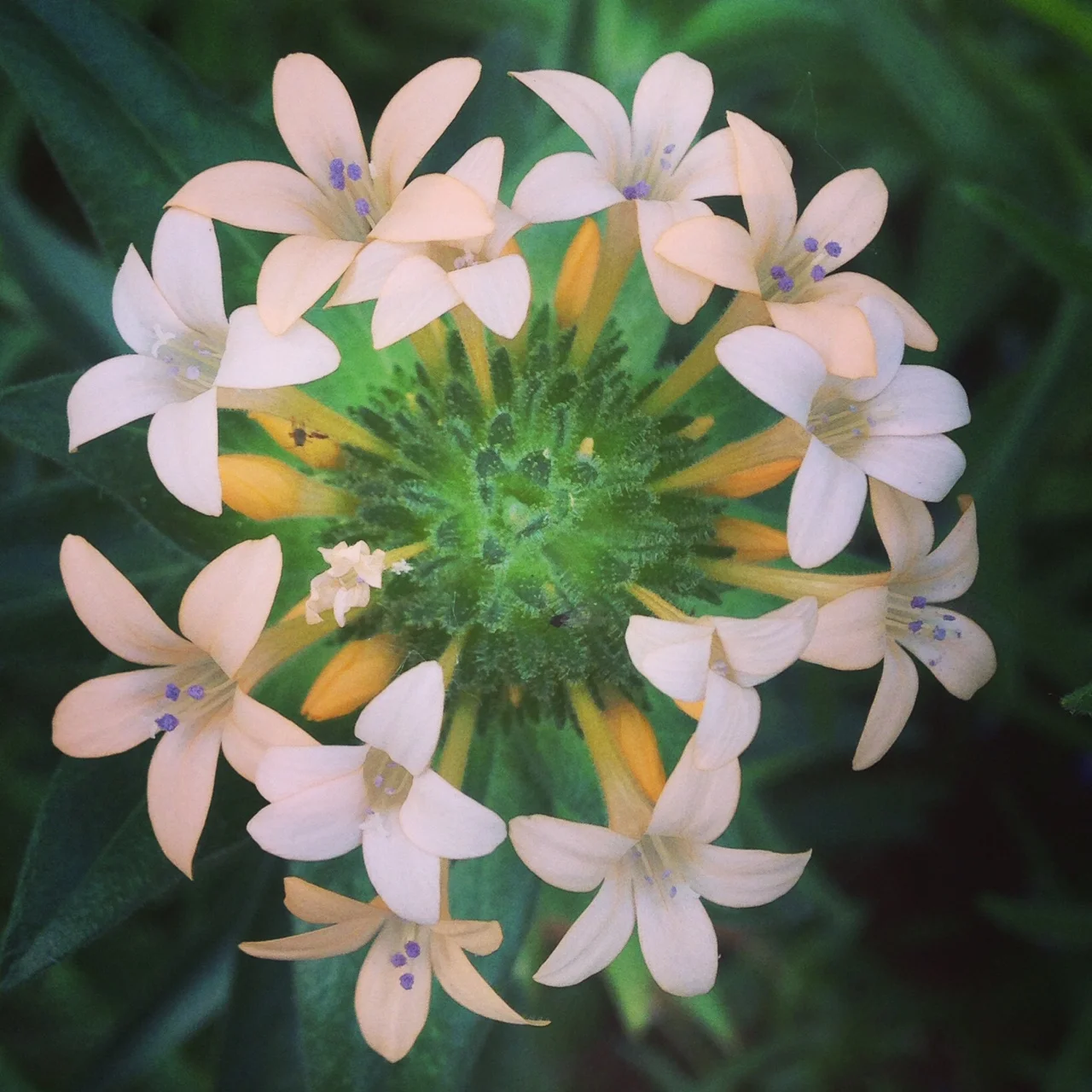Decoding Plants (July 2017)
Decoding Plants (July 2017)
Seeing Urban Flora with New Eyes
Deepen your connection with the place we live by tuning in to the world of plants. Understanding the species we share our home with positions us to be advocates for conservation and offers tools for reimagining our relationships to nature.
Tuesdays July 11 - August 1 || 6:30-8:30pm
Location: Overlook Neighborhood
$120 individual / $180 corporate
Taught by Mulysa Melco
Deepen your connection with the place we live by tuning in to the world of plants and learning how the flora of our bio-region is in flux. Understanding the species we share our home with positions us to be advocates for conservation and offers tools for reimagining our personal and collective relationships to nature.
Have you ever walked around your neighborhood, or gone on a hike, and wished you knew the names of the plants you saw? Have you ever wondered how they fit into the ecosystem and what uses they have? In this class, you’ll learn to recognize 12 common plant families and how to identify species using a plant key. By the end of the course, you’ll have created your own guide to the major plant families – and you will have fresh eyes for the plants that live right outside your door.
Week 1: Plant Patterns. Explore taxonomy (how plants are classified according to their relationships) and morphology (the form and parts of a plant), and meet our first three plant families.
Week 2: Micro Explorations. Practice using a key to identify plants in a natural setting. Learn the key recognition characteristics of three more families that include many edible plants and get some tips on savvy urban foraging.
Week 3: Macro Observations. We’ll walk in a riparian woodland and discuss how local plant communities in Portland have changed over time, why some plants are considered weeds and what future plant communities in the bio-region could look like. Get the scoop on three plant families that are essential for wildlife habitat.
Week 4: Plant Uses. Learn three final families that include plants that are essential for humans as medicine. Discuss ethnobotany and examples of ways plants have co-evolved with animal species in the human-managed landscapes of the Willamette Valley.
"Great course structure, materials, resources, and an instructor who is highly knowledgeable about the subject.”
"I signed up for this course to further my education on plant identification. I might been able to get some of the information for other resources but it would not have been the same and as high of quality. I wanted to experience the hands on learning, looking at plants and seeing the similarities and differences in each family. I got a lot out of this course and new resources to be able to identify plants and the hands-on experience to be able to do it on my own."
"Mulysa did such a great job of distilling a wide variety of topics into a digestible intro. It would have taken a long time to discover all of that at home. But now I have had a taste, I know where I'll want to follow up on my own. I took the PUGS course because I was wanting to meet some new people with similar interests and force myself to get involved in some additional learning. Having the scheduled class each week was just what I needed. And the brunch after the first and last classes was a great way to get to talk more with fellow students."



